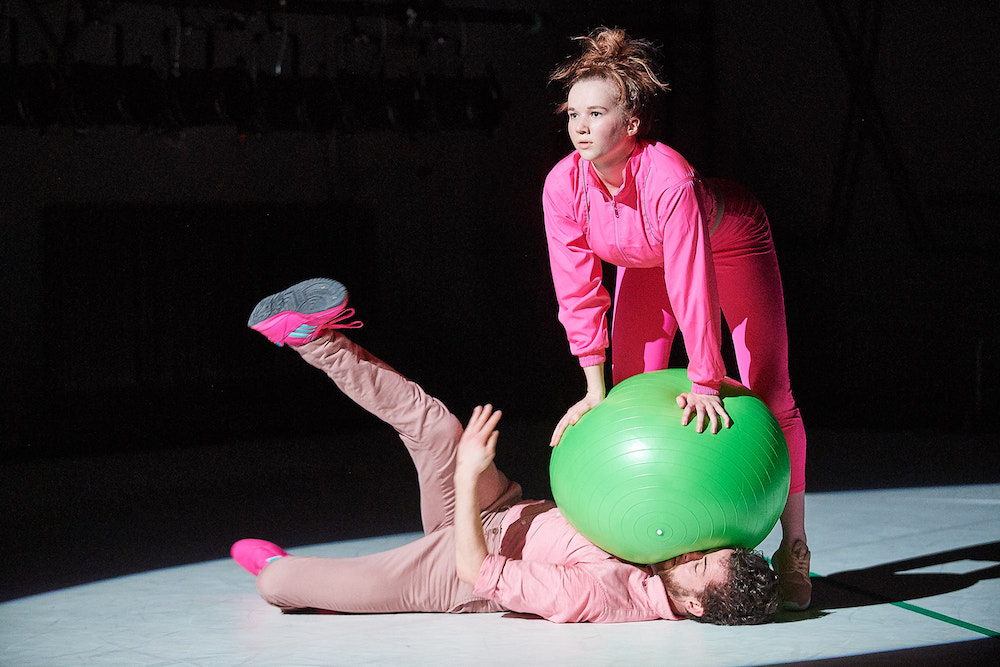Joshua Monten Dance Company is being presented for the first time in Australia from 17 – 18 May at Sydney Opera House. The company are presenting Game Theory a contemporary dance work celebrating play, sport, the highs and lows of playing games.
Monten is an American Swiss choreographer. His company, founded in 2012, is based in Switzerland. Monten arrived to choreography and dance at the relatively mature age of 20, after studying literature and anthropology. “The closer you look at it, the more you realize how very similar dancing, choreographing and playing games all are,” he says. “The rules for any game can also be seen as a choreographic structure. And the very act of dancing is at its heart a form of play.”

Game Theory links to Monten’s initial study in anthropology, which is rich in its theorising of human behaviours related to games and rituals. Monten makes these theories embodied in Game Theory. “Some games are centred on competition, like chess or baseball, and often feature quite rigid rules. Others centre around chance, such as rolling dice. A third kind focuses on mimicry, such as playing charades or acting in a play. A fourth kind of game looks for dizziness or other ways of altering perception, such as turning cartwheels. We tried to present all four of these in our production.”

Electronic gaming is of such intense interest and investment at the moment across all age groups, so it’s a timely and engaging concept, and will be of interest to audiences that might normally find contemporary dance tricky to connect with. “Game Theory is divided into five different acts,” Monten explains, “each featuring a particular style of play. The first act is based on sports like badminton and volleyball. Our ambition was to create a theatrical documentary of the emotions triggered by such games: the thrill of victory, the pain of defeat, the tension of getting ready for the next serve. This is all done without any rackets or balls — thus eminently fake. Another act was inspired by watching animal documentaries. Two dancers imitate an endless series of battling frogs, spiders, ostriches, seals, giraffes…”

Monten describes being inspired by the spontaneous beauty that arises when people play games, and the complexity of rehearsal and staging. “We make recordings of the dancers improvising. Or watch recordings of footballers celebrating their goals, or of dogs romping about in someone’s backyard. And then we make a painstaking analysis of the movement, and try to imagine how it can be transformed into group choreography. If this succeeds, it’s also thanks to the special talents of the dancers in this production. About 90 percent of Game Theory is set choreography. But there are a few episodes where the dancers are allowed to improvise, and to surprise each other with what spontaneously turns up.”
Sydney Opera House recommend ages eight-plus for this work; based on the themes and concept, Game Theory is a piece that has a wide audience and suits most ages.
Game Theory is presented at Sydney Opera House 17 – 18 May. For more information or to book tickets visit www.sydneyoperahouse.com/kids-families/game-theory. To find out more about Joshua Monten, visit joshuamonten.com.
By Tamara Searle of Dance Informa.

















